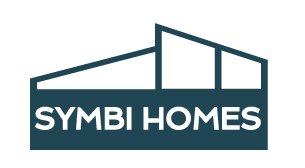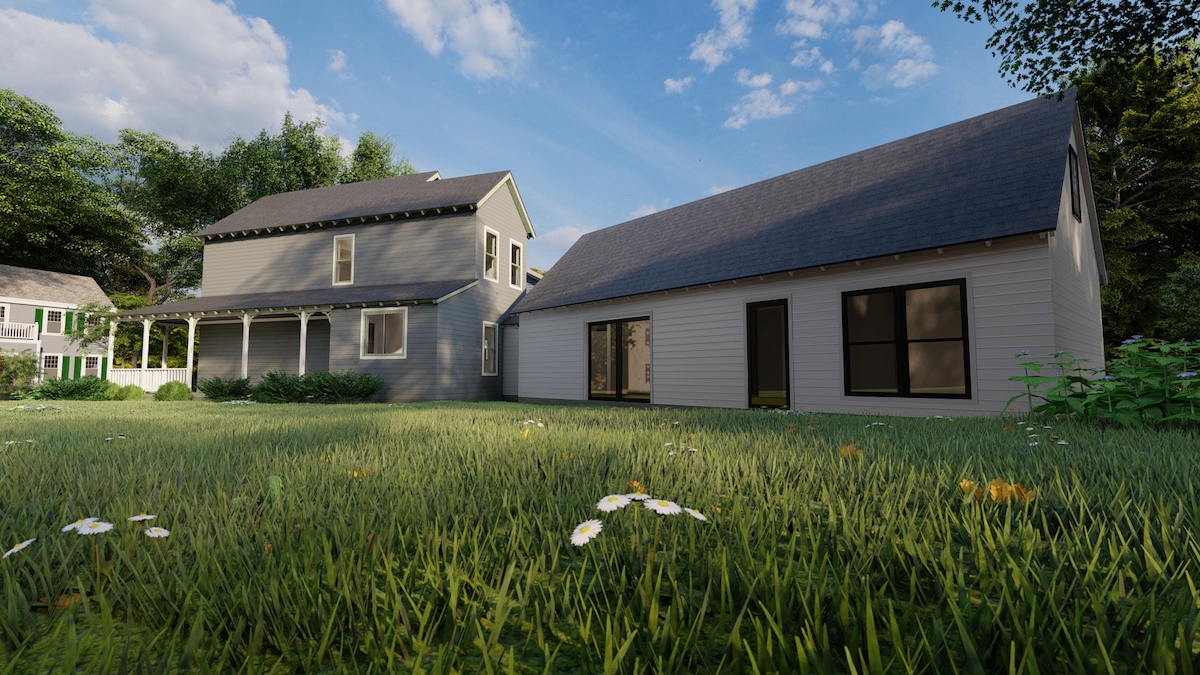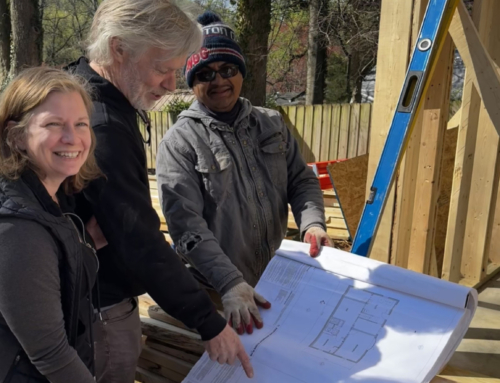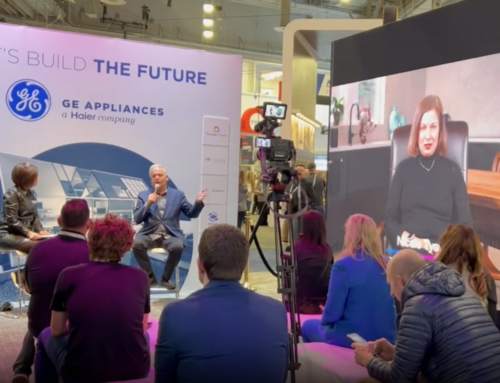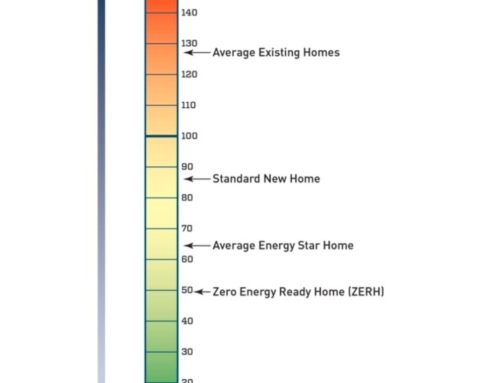Construction has begun on our Model ReModel 2022, the historic 19th-century Victorian deep energy retrofit and in-law suite addition in Hyattsville, Md.
However, before the first shovel hit the ground, Nicole Tysvaer engaged a third-party green rater to assist in reviewing the plans and specifications to ensure compliance with the Home Performance with Energy Star program and the US Department of Energy’s Zero Energy Ready Home certification.
Tysvaer explains that all Symbi Homes projects work towards green certification. According to Tysvaer, achieving third-party certification is much more than “getting a gold star,” although she recognizes that being Zero Energy Ready can increase property values and lure new homebuyers.
“Meeting or exceeding the requirements of a certified third-party green build program helps ensure that our homes are built to the highest standard of sustainability and excellence,” she says.
The path to certification begins during the design phase of a new home or remodel.
Symbi works with Kelly Green Raters, an accredited third-party reviewer, who performs an audit of the current home (remodel) or proposed architectural drawings (new build) from a sustainability perspective, providing a list of upgrades to meet certification guidelines.
Some of the recommendations, such as adding insulation beneath the concrete slab of a new home, have a minimal upfront cost, but have a potentially huge impact on energy efficiency and comfort.
In addition to reviewing construction documents, green raters conduct multiple on-site inspections that include diagnostics such as the pre-drywall duct leakage test.
 “Our green rater brings a wealth of expertise to the job site—another pair of eyes inspecting all the details when it comes to insulation and air sealing, mechanicals, and indoor air quality. This is above and beyond any inspection we would receive from the local government. We welcome that level of scrutiny, as it leads to a higher quality product for our homeowners,” says Tysvaer.
“Our green rater brings a wealth of expertise to the job site—another pair of eyes inspecting all the details when it comes to insulation and air sealing, mechanicals, and indoor air quality. This is above and beyond any inspection we would receive from the local government. We welcome that level of scrutiny, as it leads to a higher quality product for our homeowners,” says Tysvaer.
While the cost of green certification can range from $2,000-3,000 and more, depending on the program, much of the expense will be returned in energy savings over time.
Symbi also works to offset costs associated with home performance upgrades with savings elsewhere in the build. For example, opting for sustainable wood-look LVT tile in place of hardwood flooring.
There are dozens of residential green certification programs throughout the country, including several national programs such as LEED for Homes, the Passive House Institute of the US, and the Living Building Challenge.
Today, homeowner awareness of green certifications is key in resale value. Multiple Listing Service (MLS) now includes an area to add green features and certifications in some regions. Though a broker must manually input those designations and features, it pays off to insist they do so.
For a more complete list, visit www.greenbuilt.org/residential-green-certification-program-guide.
